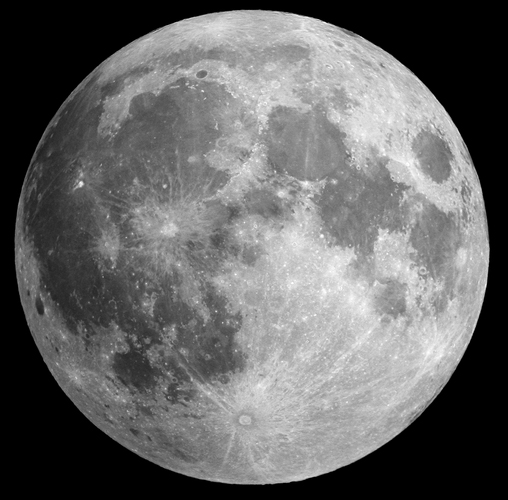
On Tuesday, the White House issued a memo directing the agency to establish a Coordinated Lunar Time, which will help guide humanity’s potentially permanent presence on the moon.
Like the internationally recognized Universal Time Zone, LTC will lack time zones, as well as a Daylight Savings Time.
It’s not quite a time zone like those on Earth, but an entire frame of time reference for the moon.
As Einstein famously noted, time is very much relative.
Most timekeeping on Earth is tied to Coordinated Universal Time, which relies on an international array of atomic clocks designed to determine the most precise time possible.
“A consistent definition of time among operators in space is critical to successful space situational awareness capabilities, navigation, and communications, all of which are foundational to enable interoperability across the U.S. government and with international partners,” Steve Welby, OTSP Deputy Director for National Security, said in Tuesday’s announcement.
As Reuters noted yesterday, China wants to put astronauts on the moon by 2030, while both Japan and India have successfully landed uncrewed spacecraft there in the past year.
In moving forward to establish an international LTC, the US is making its lunar leadership plans known to everyone.
In its memo, the White House acknowledged putting Coordinated Lunar Time into practice will need international agreements made with the help of “Existing standards bodies,” such as the United Nations International Telecommunications Union.
They’ll also need to discuss matters with the 35 other countries who signed the Artemis Accords, a pact concerning international relations in space and on the moon.
If all goes according to plan, there might be actual heartbeats on the moon by that point-the Artemis III crewed lunar mission is scheduled to launch “No earlier than September 2026.”.
